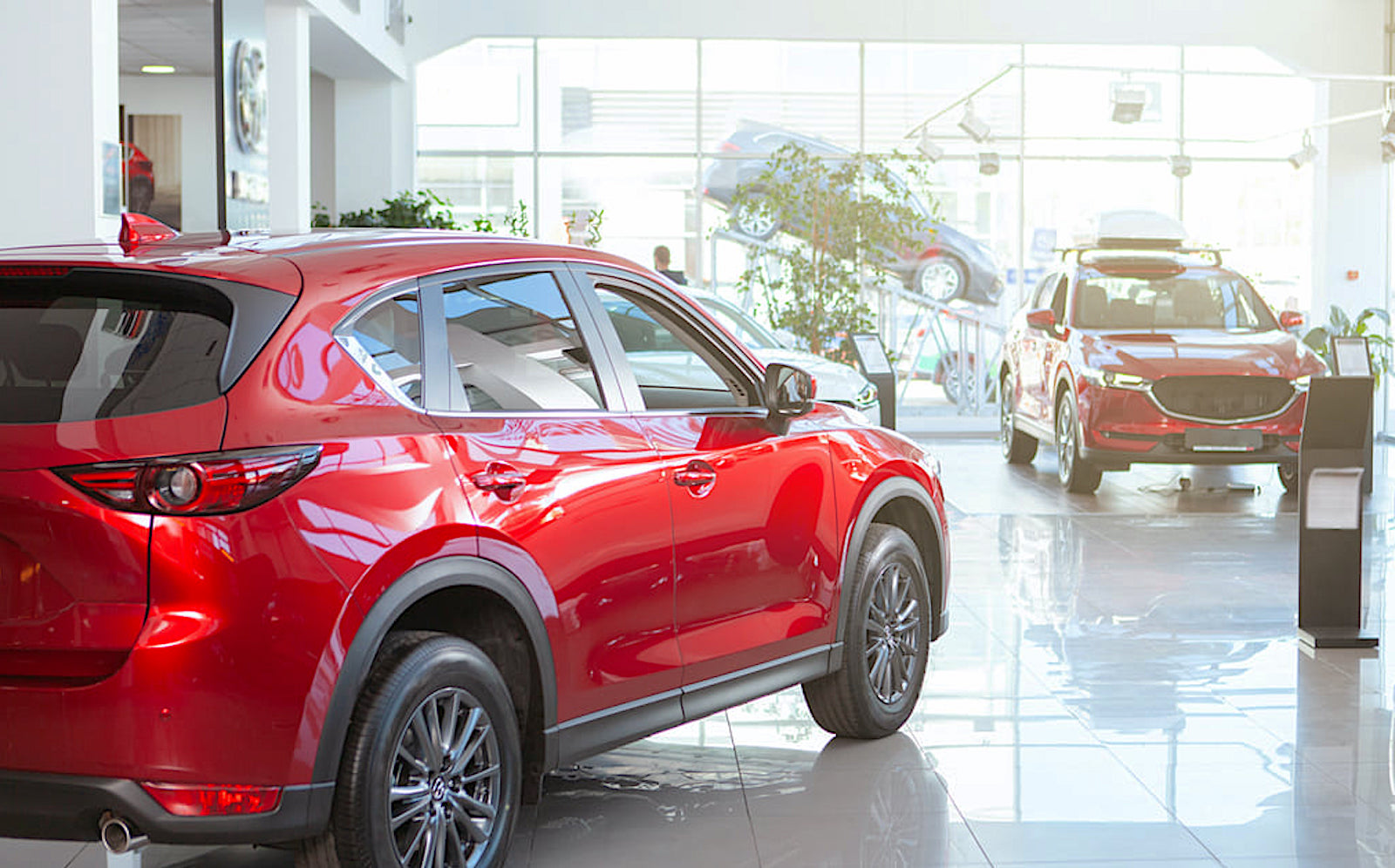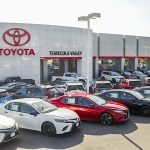Americans continue to pay near-record prices for new vehicles and they’re financing the purchases at near-record interest rates. The result? Vehicle repossessions are skyrocketing.
According to Cox Automotive data, vehicle repossession rose 23% in the first half of this year. The number’s been rising for the last 18 months, and it is well above the pre-pandemic number of 14% for the first half of 2019.
With the high prices and high interest rates, it’s not surprise that consumers are defaulting on their car loans.
“When you think about the costs for rent and shelter and insurance, all those things hit consumers and they have to choose what they will pay,” said Jeremy Robb, senior director of economic and industry insights at Cox. “More people are getting behind on payments because everything is more expensive.”
What’s driving the numbers
The average transaction price (ATP) of a new vehicle in the U.S. in June was $48,644, statistically unchanged from a month prior, according to Kelley Blue Book. As inventory levels have been returning to normal, incentive levels have been on the rise.
However, that changed, albeit only slightly, in June. The average new-vehicle incentive package, which includes discounts and rebates, fell to 6.4% of ATP ($3,102) last month, down from 6.7% in May but higher than one year ago when incentives were 4.2% of ATP ($2,036), Cox noted.
Ultimately, that means more money out of the pockets of buyers. If they’re straining to keep up, it would take much to be pushed over the edge. Once owners miss three consecutive payments, a repo will occur.
More Car Buying Stories
- EV Owners Increasingly Counting on DC Fast Chargers, Survey Says
- Consumers Changing Preferences Impacting Auto Industry in 2024
- New Survey Says Trucks and SUVs are Too Big, More Buyers Want Regulation
Near record numbers
Consumers must really want new vehicles because they are stretching themselves in ways not seen in some time. The average new-vehicle annual percentage rate, or APR, during the second quarter of this year, climbed to 7.3%, an increase from 7.1% compared to Q1. It’s the sixth straight quarter that new-vehicle APRs have been above 7%, according to Edmunds.
Because of that, buyers are facing near-record monthly payments again. The average price of a new vehicle is $740 for Q2 2024, Edmund notes. That’s up from $733 during the same period last year.
Not only that, but those higher payments are also for longer periods with smaller down payments, the analysts noted. Roughly 70% of new-vehicle loans had terms over 60 months in Q2 2024. The average new-vehicle loan term in Q2 2024 was 69 months, the highest point since the end of 2022 when average new-vehicle interest rates sat under 7%.
The share of consumers taking on loans with new-vehicle monthly payments of $1,000 or more was 17.8% in Q2 2024, just shy of the record 17.9% share in Q4 2023, which Edmunds analysts note is a quarter when vehicle prices are seasonally higher.
“High interest rates continued to be a heavy drag on new-vehicle sales growth in the second quarter,” said Jessica Caldwell, Edmunds’ head of insights.
“In theory, improved inventory and growing incentives should paint a more consumer-friendly picture of the market, but the reality is most Americans can’t buy their cars with cash, and increased borrowing costs continue to be a major roadblock when buying a new vehicle.”





0 Comments